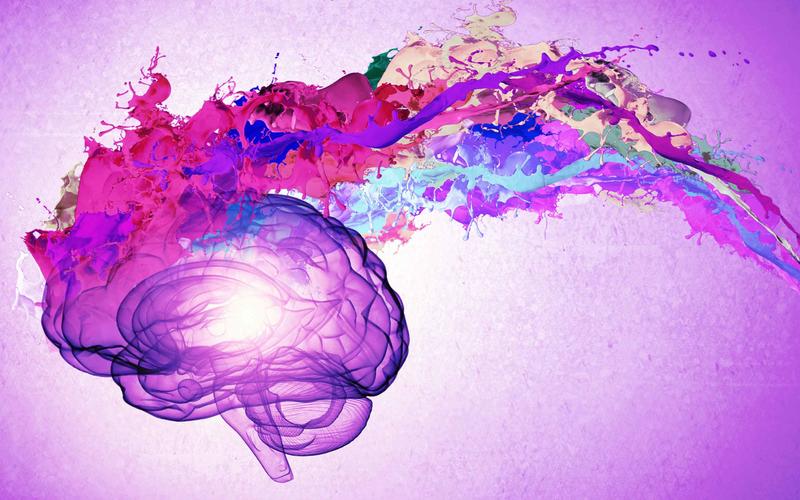Education & Career Trends: December 5
Curated by the Knowledge Team of ICS Career GPS

- Article by Melanie McNally, published on psychologytoday.com.
Have you ever started working on a project and completely lost all sense of time? Maybe you sat down to collect research and thought 30 minutes had passed, but really, it had been two hours.
Have you ever found yourself doing something that felt easy, but when you attempted it again later, you were shocked at how much effort it took? Perhaps you went for a long run around the neighbourhood and felt great, but when you tried to repeat the same route, you found that the hills were so big that you had to walk them.
Have you ever had so many ideas and plans that you couldn’t keep up? Maybe you were brainstorming your business plan and found that you didn’t have enough whiteboard to draw out all the ways you could grow and evolve it.
What’s Flow?
If you’ve experienced any or all of the above during an activity, you might have been in a state of flow. Flow is a concept developed by Mihaly Csikszentmihalyi. He stated, “The best moments in our lives are not the passive, receptive, relaxing times… The best moments usually occur if a person’s body or mind is stretched to its limits in a voluntary effort to accomplish something difficult and worthwhile” (Flow: The Psychology of Optimal Experience). The latter part of that quote is the essence of flow.
And when we find ourselves choosing to do something so meaningful that we lose sense of time and self, we’re in a state of flow. When we find ourselves so engaged in an activity that hard things feel easy, we’re in flow. And when we’re working on something with purpose and experience a richness of ideas, thoughts, emotions, or sensory experience, we’re in flow.
What if I were to tell you that there are things we can do to trigger flow? That you could learn how to get yourself into flow whenever you want?
Flow Isn’t for Everything
We can’t force flow with everything. Some things are too boring or just aren’t a good fit. For example, mindlessly transferring data from one spreadsheet to another likely isn’t going to do it. Flow also isn’t going to happen when working on a project that was assigned to us where we don’t see the value or purpose in it. We also can’t get into a state of flow if we’ve got a million things on our minds or if our attention is being pulled in multiple directions.
Five Ways to Trigger Flow
Flow is a great tool not only to increase our productivity but it’s also helpful when we want heightened creativity or rapid decision-making.
Here are five suggestions to get you started:
- Choose your project wisely. Pick something that you want to do, and make sure it’s interesting and has some complexity to it. If you don’t have anything like that, see if you can find the purpose in the work you need to do. How will it help you reach future goals? Is there a way you can make it more meaningful? If that’s too much of a stretch, how can you make it more interesting? Pick a tighter deadline or make it a competition or a game.
- Set clear goals. We can’t get into flow if we don’t know what we’re doing, so make sure you know what the plan is when you sit down to get started. It’s helpful to have a written list of what you want to accomplish.
- Pick a time of day when you’re most alert. It’s much easier to drop into a flow state when we’re naturally more focused and don’t have to force it. Do you tend to think better earlier in the day? At night? If you’re not sure, experiment and see what works best for you. Whatever time you choose, block it off on your calendar and protect that time.
- Eliminate distractions. We cannot get into a state of flow when we’re distracted, even if we have every other element in place. If you’re working on your computer, be sure to turn off notifications, hide the dock, and only have the tab or project open that you’re working on. If you’re working in a public place like a library or café, face the wall and wear noise-cancelling headphones. If you’re at home, tell others not to disturb you and leave your phone in another room during your scheduled flow time.
- Make sure you’re well-rested and fed. We can’t drop into flow if we’re exhausted, burned out, overwhelmed, or hungry. Prepare for your flow time like you would an important presentation or meeting.
When it comes to work, flow doesn’t usually just happen. You need to do a bit of planning and preparing, but once you achieve it, you’ll be hooked. It maximises our productivity, creativity, and efficiency. And we end up with more time left over to enjoy other parts of our lives.
…
Have you checked out yesterday’s blog yet?
3 ChatGPT Prompts That Deserve Your Attention!
(Disclaimer: The opinions expressed in the article mentioned above are those of the author(s). They do not purport to reflect the opinions or views of ICS Career GPS or its staff.)
Like this post? For more such helpful articles, click on the button below and subscribe FREE to our blog.




One Reply to “How to Unlock Effortless Productivity and Creativity”